Archives
- 2025-11
- 2025-10
- 2025-03
- 2025-02
- 2025-01
- 2024-12
- 2024-11
- 2024-10
- 2024-09
- 2024-08
- 2024-07
- 2024-06
- 2024-05
- 2024-04
- 2024-03
- 2024-02
- 2024-01
- 2023-12
- 2023-11
- 2023-10
- 2023-09
- 2023-08
- 2023-07
- 2023-06
- 2023-05
- 2023-04
- 2023-03
- 2023-02
- 2023-01
- 2022-12
- 2022-11
- 2022-10
- 2022-09
- 2022-08
- 2022-07
- 2022-06
- 2022-05
- 2022-04
- 2022-03
- 2022-02
- 2022-01
- 2021-12
- 2021-11
- 2021-10
- 2021-09
- 2021-08
- 2021-07
- 2021-06
- 2021-05
- 2021-04
- 2021-03
- 2021-02
- 2021-01
- 2020-12
- 2020-11
- 2020-10
- 2020-09
- 2020-08
- 2020-07
- 2020-06
- 2020-05
- 2020-04
- 2020-03
- 2020-02
- 2020-01
- 2019-12
- 2019-11
- 2019-10
- 2019-09
- 2019-08
- 2019-07
- 2019-06
- 2019-05
- 2019-04
- 2018-07
-
Advancing Translational Oncology: Mechanistic Insights an...
2025-10-18
Explore how the L1023 Anti-Cancer Compound Library catalyzes next-generation cancer research by integrating mechanistic understanding, high-throughput screening, and biomarker-driven strategies—empowering translational researchers to discover and validate novel anti-cancer targets, including emerging biomarkers such as PLAC1. This thought-leadership article offers actionable guidance for leveraging curated small molecule libraries to accelerate precision oncology.
-
U0126: Selective MEK1/2 Inhibitor for Advanced MAPK/ERK P...
2025-10-17
Explore the scientific depth of U0126, a non-ATP-competitive MEK1/2 inhibitor, in dissecting MAPK/ERK signaling and its applications in cancer biology, autophagy, and neurobiology research. Gain insights into resistance mechanisms and innovative uses beyond standard protocols.
-
ARCA EGFP mRNA: Advancing Direct-Detection Reporter Assays
2025-10-16
ARCA EGFP mRNA sets a new benchmark for direct-detection reporter mRNA in mammalian cell research, enabling superior transfection efficiency measurement and fluorescence-based assay sensitivity. Its optimized co-transcriptional capping and Cap 0 structure deliver robust translation and stability, making it the control of choice for next-generation gene expression and mRNA delivery studies.
-
OCT also is known as POU F plays an
2025-03-03

OCT4 (also is known as POU5F1) plays an important role in embryonic stem cell self-renewal, development and reprogram somatic cell into pluripotent stem cell [[5], [6], [7]]. Recently, many studies also find OCT4 promotes the progression of many tumors. For example, Wnt/β-catenin promotes the expans
-
We have previously shown that the
2025-03-03
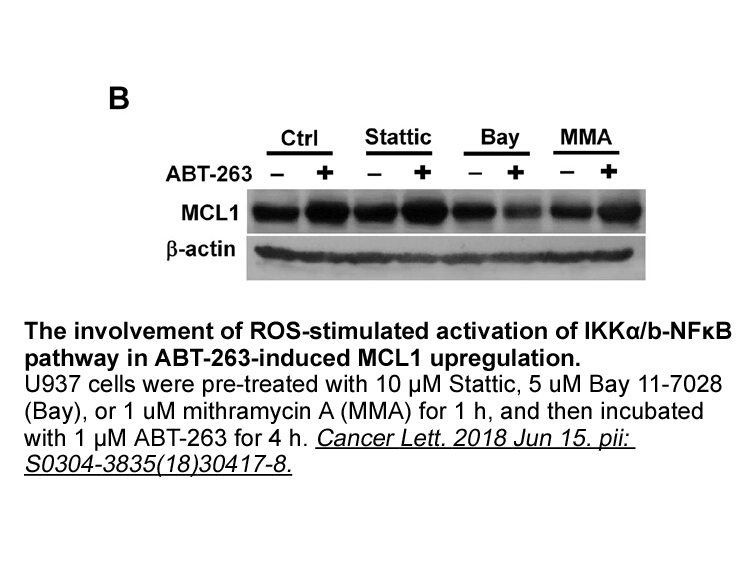
We have previously shown that the human gonadotropins hLH and hCG trigger a partly irreversible stimulation of intracellular cyclic AMP accumulation in mouse Leydig Tumor Retrovirus transduction enhancer (MLTC) in contrast to all other tested mammalian LHs and CG (Klett et al., 2016). In order to ge
-
In the past few years several experimental findings have dem
2025-03-03
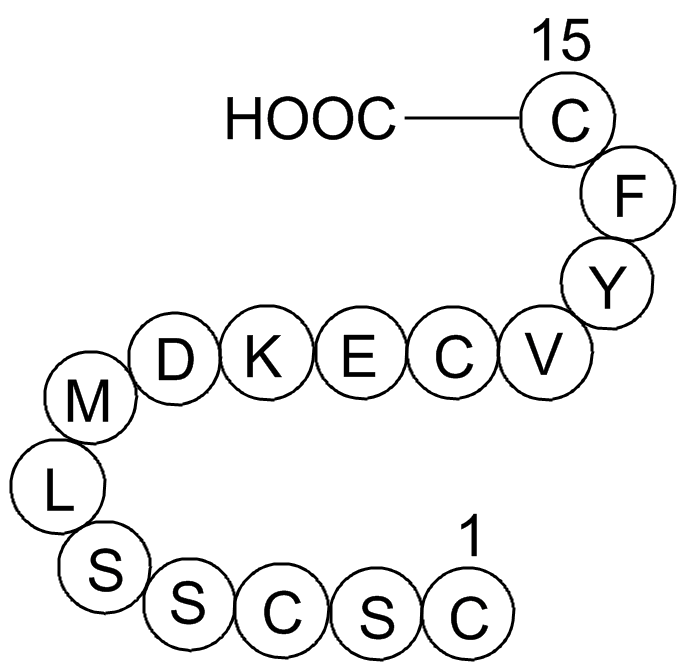
In the past few years, several experimental findings have demonstrated a pivotal involvement of adenosine also in driving the phenotypic switch of macrophages. In particular, the stimulation of A2A and A2B receptors seems to play a critical role in switching macrophages from M1 to M2 phenotype [37,6
-
In this study PRP positively regulated MIIP
2025-03-03
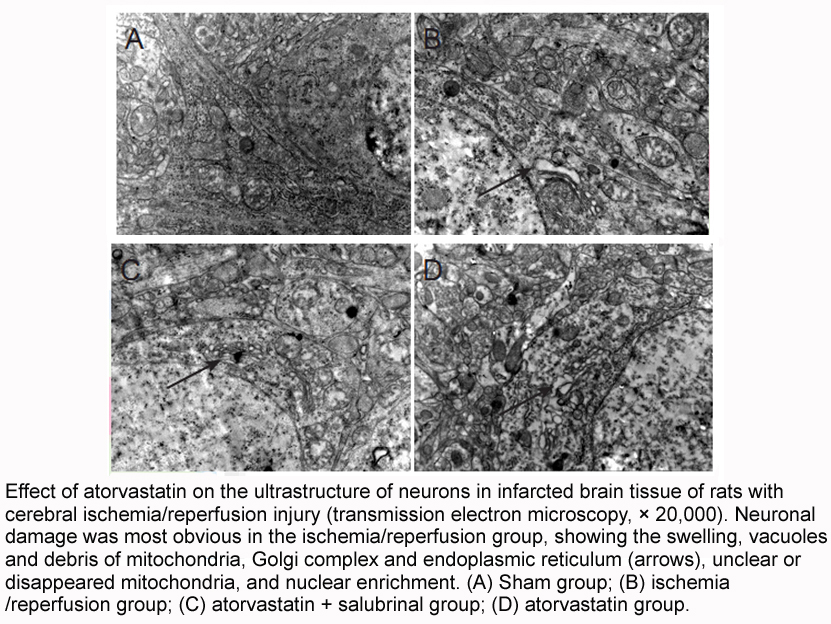
In this study, PRP4 positively regulated MIIP levels and significantly inhibited the invasion of HCT116 cells. Further investigations elucidated that PRP4 dephosphorylated MIIP via PP1A regulation, which was confirmed by PP1A inhibition in the presence of OA. Upon dephosphorylation, MIIP possibly in
-
br The MIR The MIR is defined
2025-03-03
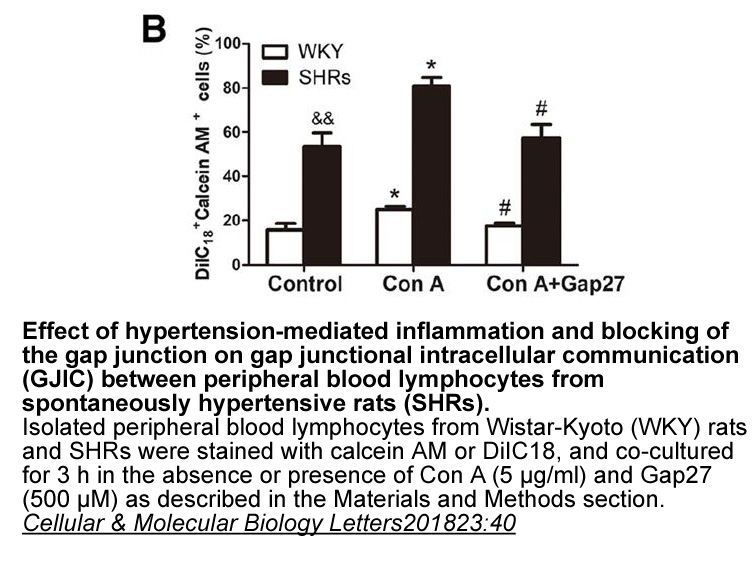
The MIR The MIR is defined by the ability of a single rat mAb to muscle or electric organ AChRs, typically mAb 35, to block binding of half or more of autoantibodies in human MG or EAMG [44], [45], [46]. Antibodies to the MIR are pathologically significant because they exhibit all the major patho
-
Language emerged among the Ach
2025-03-03
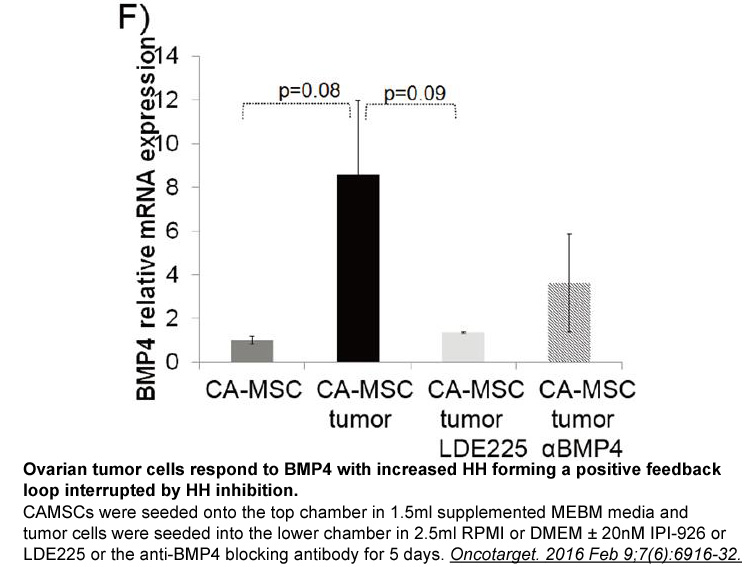
“Language” emerged among the Aché through the influence of colonizers, missionaries, Bible translators, activists, anthropologists, the media, and the State. As an object, it now circulates in books, cellphones, political debates, at cultural events, on the radio, and even the Internet. It emerged a
-
br Acknowledgements MC and PD were
2025-03-03

Acknowledgements MC and PD were funded by the Michael J Fox Foundation (Grant ID 9969). We would like to thank Pierluigi Saba, Francesco Traccis and Barbara Tuveri for their technical assistance. Introduction In the prostate, androgens play a crucial role in normal, BPH and cancerous growth b
-
n acetylneuraminic acid Here we report discovery of highly
2025-03-03
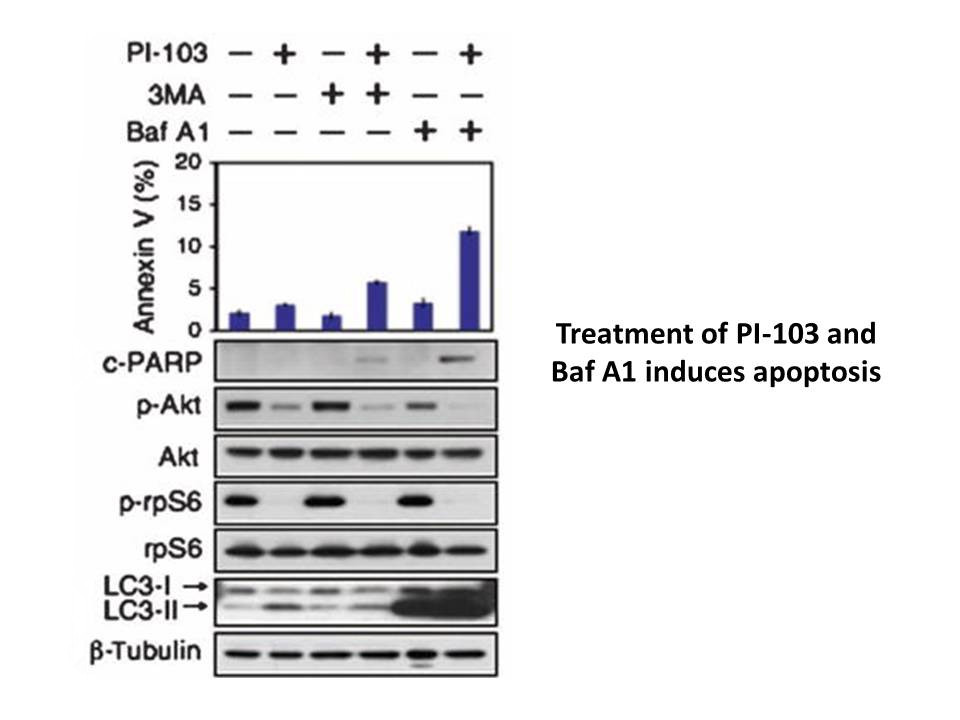
Here we report discovery of highly selective pan-Aurora kinase inhibitors through phenotypic screening. The co-crystal structure of n acetylneuraminic acid bound in the ATP binding site of Aurora A is described, and provides insight into the possible structural basis for the selectivity of the int
-
With regard to the first question subcellular fractionation
2025-03-01
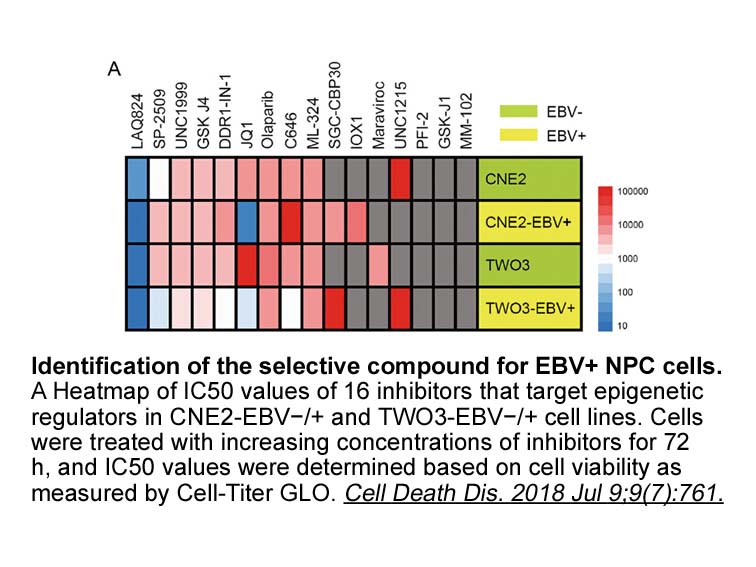
With regard to the first question, subcellular fractionation studies revealed that BDK and PPM1K are clearly detectable in both the mitochondrial and cytosolic subcellular fractions, thus making it possible for these enzymes to interact with both the BCKDH and ACL substrates. The preferential presen
-
The importance of the ATM Tel
2025-03-01

The importance of the ATM/Tel1 to ATR/Mec1 switch in the response to DSBs remains to be determined. Noteworthy, resection-defective S. cerevisiae cells, such as sae2Δ, exo1Δ, fun30Δ or sgs1Δ mutants, fail to turn off the checkpoint in response to an unrepaired DSB [56], [127], [128]. Moreover, the s
-
Oocytes from the African clawed
2025-03-01
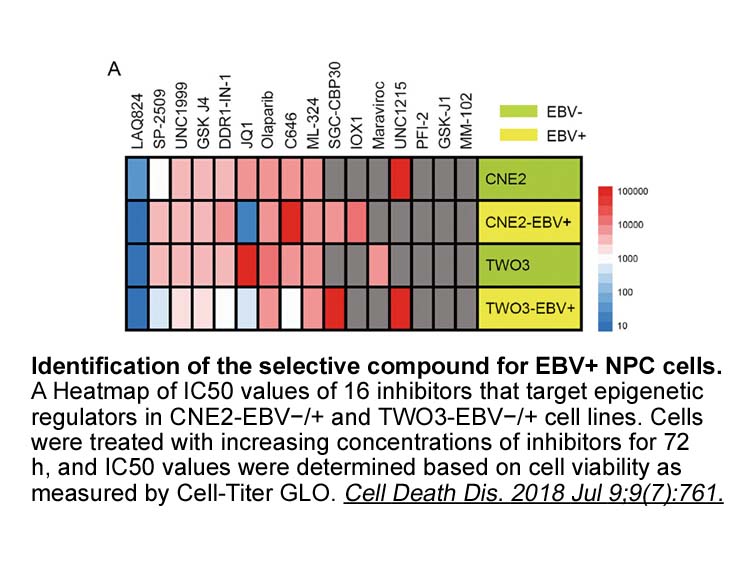
Oocytes from the African clawed frog Xenopus laevis have been widely used as an expression system to study the modulation of NMDA receptors by metabotropic receptors, such as metabotropic glutamate receptors [12], μ opioid receptors [13], insulin receptors [14] and serotonin receptors [15]. No data
-
Human hepatocyte transplantation resulted in some animals wi
2025-03-01
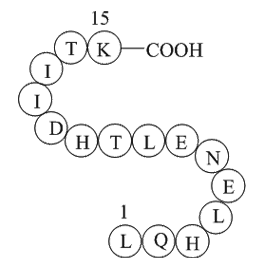
Human hepatocyte transplantation resulted in some animals with relatively sparse repopulation while others had >90% of their liver containing human hepatocytes. The presence of circulating human albumin varied based on the amount of repopulation as the degree of humanization is reported to correlate